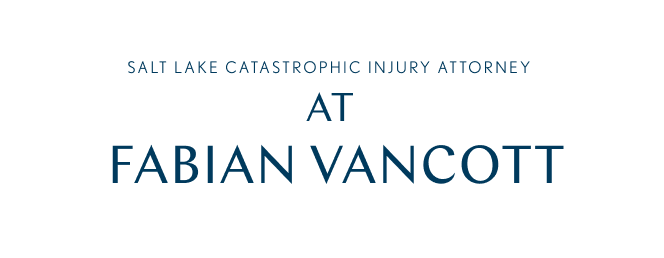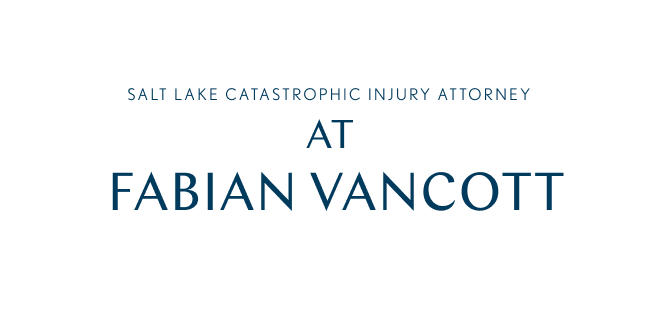Plaintiff’s counsel tried to save their verdict by moving to amend under Rule 15 for the judgment to conform to the evidence, claiming that the defense had waived its right to assert the Tier 2 limitation by not objecting to evidence at trial by plaintiff’s witnesses of damages in excess of the tier. (Specifically, the plaintiff’s economist testified that lost earning capacity exceeded $600,000.)
Judge Petit denied the motion to amend in her opinion released yesterday. The court found that Rule 8(a) and 26(c)(3) make it clear that Tier 2 cases are limited to judgments under $300,000, and that this in turn gives the plaintiff the advantages of reduced discovery. It also held that there was no express or implied consent by the defense for the case to be treated as a Tier 3 matter.
It’s common for plaintiffs to put on evidence of damages in excess of a cap, such as the $450,000 medical malpractice general damages cap or the governmental immunity cap of ~$584,000. No one would think it proper for defense counsel to object to such evidence at trial on the grounds of a cap; indeed, it would likely be an excellent ground for a mistrial motion by the plaintiff if the jury heard that objection.
It’s understood that lawyers ask for more than they expect a jury will award. One could expect howls of protest if no evidence or argument of damages in excess of a cap could be presented at trial.
As I have said before, the lesson here for plaintiffs’ counsel might be to plead everything as Tier 3 unless you have a clear small-budget claim, and you want the benefits of minimal discovery (and cost) under Tier 1. If you have any Tier 2 cases already filed, then consider moving to amend up to Tier 3 now– unless there’s no question that damages are under $300,000. (Of course, in doing so you allow more discovery to be undertaken by your opponents.) But who knows– a jury might surprise you.


